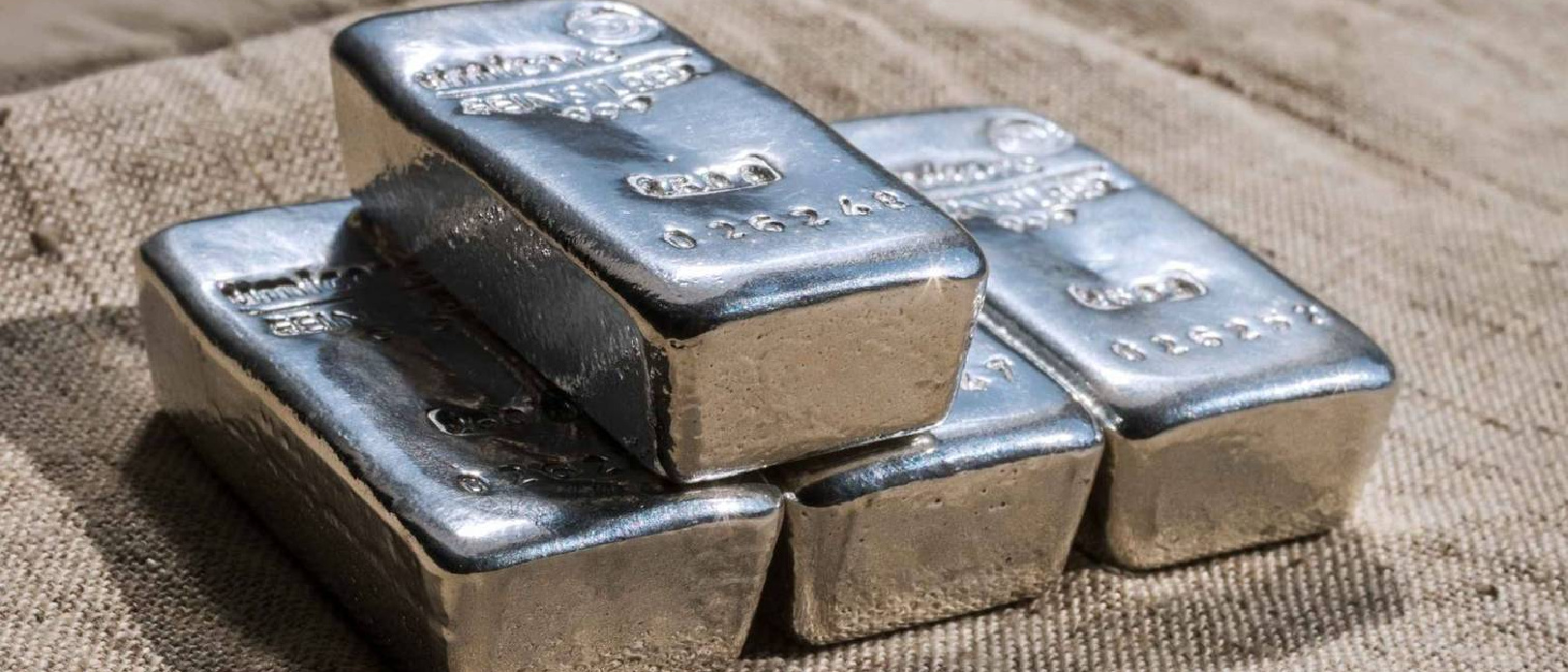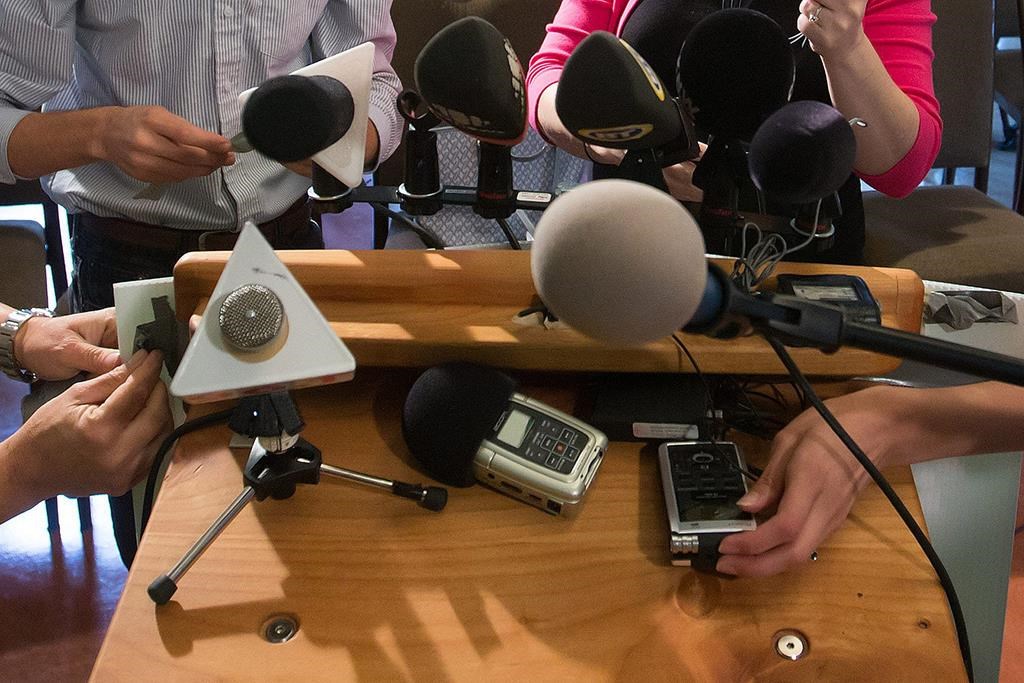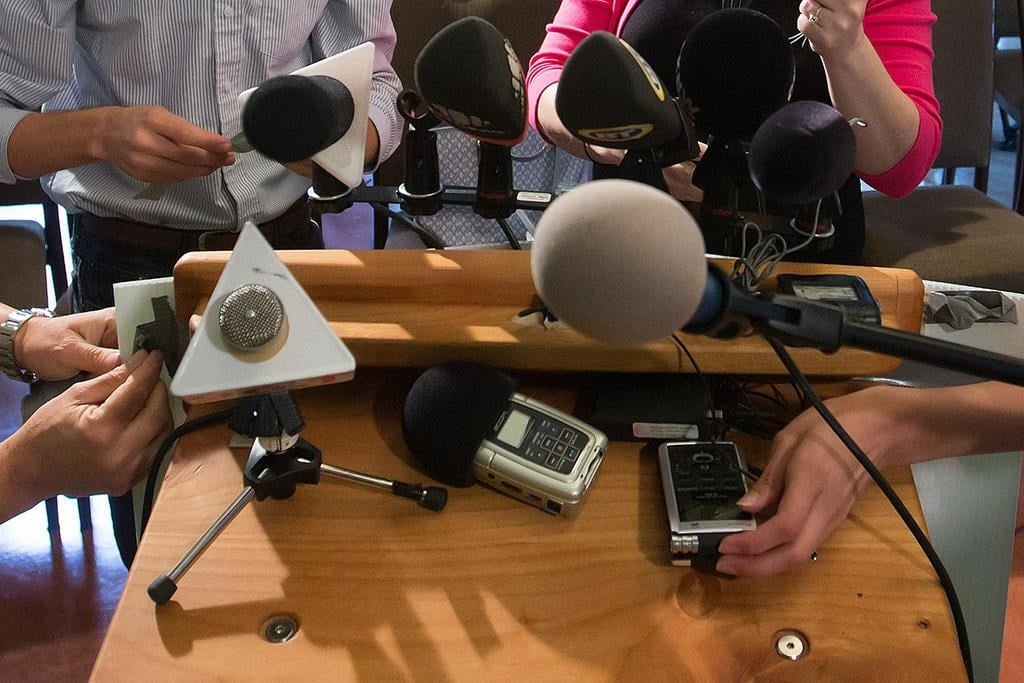
Investing in silver: A beginner's guide
VladKK / Shutterstock
Updated: February 28, 2024
Even though silver is no longer used as money it still holds value as an investment. Its long history as a currency, almost 4000 years old, along with its practical uses in electronics and jewelry, essentially ensures that it will always hold some value.
While we tend to hear more about gold, which is far more expensive, but as a precious metal investment silver can occasionally outperform. That’s what happened this year.
In February 2021, silver prices spiked to an eight-year high of $30.03 an ounce. BlackRock iShares Silver Trust, one of the world’s largest silver ETF, said investors flooded their fund with $944 million that same week. No one is exactly sure why silver suddenly surged although some blame the Redditors who tried to squeeze the GameStop shorts a week or two before.
Whatever the cause, silver’s huge gains made retail investors sit up and take notice and ask themselves if the precious metal deserved a place in their portfolio.
Is silver a good investment?
Silver can be a good investment if it’s a small percentage of your portfolio, somewhere around 5%. But you have to have a high risk tolerance since it can swing from highs to lows quite dramatically.
Silver, like other commodities, can remain flat for decades before spiking so you have to be willing to hold for a long time. Silver was extremely low in the 1920s through 1970s, for example, and then again in 1990s through the 2000s.
Luckily, silver is always in demand for very practical reasons so it’s likely to always retain some value. It’s particularly sought after by industrialists and doomsday preppers but how high the demand will be in relation to supply at any particular time is unknown.
Silver is used as a conduit for electricity. Little bits of silver are found in solar panels and almost every electrical device, and demand for these is going up. Industrial demand is expected to rise around 9% over the next four years.
Demand for silver is also strong amongst those who have a pessimistic worldview. In times of uncertainty, investors tend to turn toward tangible assets. If a war, for example, causes paper money to become useless then you can probably still use the silver coins in your safe to bribe guards or purchase food and toilet paper.
If the government were to shut down ATMs due to a financial crisis, you might not be able to access cash. Similarly, if financial regulators shut down the markets as was discussed at the start of the pandemic, you wouldn’t be able to sell your stocks. In these cases, you’d have your silver bars in your safe to barter for goods and services. It’s also cheaper to buy than gold which can make it more attractive to this market segment.
As demand remains consistent it’s likely that silver could be a good long-term investment. If you’re just planning to hold it for the short term that’s more akin to speculation.
Silver vs. gold investment: which to choose?
In the last 20 years, the price of silver has risen around 472%, which is about a 23% gain a year, but you would have had to hold that long to see the profit. By contrast, gold has risen about 530% over the same period while the S&P 500 has risen about 124% in the last 20 years (but the S&P produces dividends).
If you’re considering investing in metals, you might be wondering whether silver or gold makes for a better investment. While silver is traditionally cheaper than gold, making it a more accessible investment, the market for investing in gold is larger and you’ll find more investment opportunities. Another aspect to take into consideration is that silver can tarnish, whereas gold won’t.
The market for silver is a lot more volatile, which can be both a benefit and a drawback depending on how long you plan to invest. For a well-rounded portfolio, there’s no reason not to invest in both silver and gold.
How to invest in silver
There are a few different strategies for investing in silver: purchasing the physical metal, buying silver ETFs, or purchasing shares of silver mining stocks. The right option depends on what you’re looking for.
Buying the precious metal
Do you think it’d be cool to gift a niece or nephew with a silver dollar for their birthday? Do you simply enjoy having a tangible object? Then perhaps purchasing physical silver is the right option for you.
Physical silver is available in bars and coins. Coins tend to be much more expensive, around double the price because of the additional design cost, but it could be worth it if you’re a collector.
Physical silver can be purchased at:
- The Big Five Banks, such as TD and RBC sell silver bars in various sizes but you’ll pay a premium
- The Canadian Mint sells commemorative silver coins you can buy online
- Local silver dealers in your city, such as Toronto Gold Bullion, are a fantastic option to buy both bars and coins. Most have a storefront and an online presence
- Online-only silver dealers like Canadian PMX are also a great option
Before you make a purchase, compare different options to see which is the cheapest. Don’t forget to add in shipping, taxes, and any other fees since prices can really vary.
To make money on silver you simply hold on to it until the price has risen enough that you want to sell it. Bring it to a local or online dealer, or sell it on an auction site.
Buying silver ETFs
Let’s just say you want exposure to silver purely for investment purposes. You’re certain the demand for silver will go up or maybe you want silver to diversify your portfolio. You also want to get in on the action without dealing with storing the metal and you want to be able to cash out quickly. If this sounds like what you’re looking for then purchasing a silver ETF may be the right move for you.
Silver ETFs seek to follow the price of silver as closely as possible, minus the fees. The ETF does hold real, massive, bars of silver in a bank and you can usually trade in your shares for the physical metal. It’s a similar concept to owning a REIT; instead of the investment property itself, you get all the benefits of appreciation without doing any of the work.
You can buy and trade silver ETFs exactly like a regular stock at your online discount brokerage.
| CIBC Investor's Edge review | QTrade review | Questrade review | Wealthsimple review |
|---|---|---|---|
 |
 |
 |
 |
|
◦ In-depth research to boost your investment knowledge.
◦ Investment options for every investor, no matter what your financial goals are. ◦ Under 25? Trade for free. |
◦ Commission-free ETFs, stocks, options, mutual finds and more.
◦ Fantastic educational resources for beginners and intermediate traders. ◦ Attractive sign-up bonuses |
◦ Buy any North American-listed ETF, including crypto ETFs, commission-free.
◦ No maximum on the amount of free ETFs you can buy. ◦ No minimum investment amount required on ETF orders. |
◦ No account minimums
◦ $0 commission ETF trading ◦ Reinvest dividends automatically |
| Buy silver | Buy silver | Buy silver | Buy silver |
Some examples of ETFs available to purchase are:
iShares Silver Trust (SLV)
One of the world’s largest silver ETFs with a massive market cap around $15 billion. It’s only available on American exchanges so you do have to convert your funds to US dollars first. Your purchase would be subject to a foreign exchange fee charged by your brokerage
The Royal Canadian Mint
Canadian Silver Reserves (MNS.TO) is not technically an ETF because you can redeem your shares for actual silver but it functions like an ETF
Investing in silver mines
If you have a high risk tolerance, want to make a large sum fast, and are okay with losing it all, investing in silver mines may be appropriate for you. Most companies that mine silver also mine other metals like copper, lead and zinc so you can choose to focus on pure silver mining companies or diversify a bit. Mining stocks are far more volatile than silver ETFs; we’re talking up and down 50% on a day-to-day basis. You need a strong stomach. But with risk can come reward. If the price of silver skyrockets, mining stocks are likely to explode even higher than the price of actual silver. For example, while silver rose around 84% in the last four years, some mining stocks rose almost double that. You need the skills to sift through each mining company and the patience to read financial reports to find the right one. This is not for the novice investor.
You can buy and trade mining company stock at your online discount brokerage. The good thing is that many mining companies are available to purchase on the TSX. Some examples of silver mining stocks include:
Pan American Silver Corp (PAAS:TO)
First Majestic Silver (FR:TO)
Silver Miners ETF (SIL:NYSE) which tracks the Solactive Global Silver Miners
Risks vs. rewards of investing in silver
| Risks | Rewards |
|---|---|
| Can be lost, stolen, or tarnished | Tangible asset |
| Prices can shift dramatically day-by-day | Reliable in times of instability |
| Smaller market for buying and selling | Should retain value if stocks plunge |
| Storage can be costly | More affordable than gold |
Silver, like any other investment, has both risks and rewards. Physical silver has some unique risks; you could lose it, ruin it, or have it stolen. That’s near impossible with stock shares since physical share certificates are no longer commonly used.
Like any other investment, silver can also drop in price, sometimes dramatically. Silver is extremely volatile and can go in and out of fashion quickly. There can also be a sudden influx of supply from a new deposit which can cause prices to plummet.
Silver comes with a lack of liquidity. It’s more thinly traded than gold so it could be hard to find a buyer. You also have to sell it to make any money and it doesn’t offer any interest or dividends for holding.
On the flip side, silver is a tangible asset. That’s extremely significant in times of instability and it’s also private and discreet. You can easily hide ownership of the precious metal from the government or transport it across borders as jewelry or hidden in clothing.
Some argue that silver acts as a hedge to inflation. It’s unclear if this is actually true but it can act as a hedge against stocks. Precious metals tend to act opposite to other asset classes. As stocks plunge, your silver should maintain its value or rise, which will help rein in your losses.
When is it a good time to invest in silver?
No one can predict the best time to invest in silver. It may be right when you sense conflict or disaster on the horizon. Investing in silver at the very beginning of the pandemic would have netted you a tidy profit, for example. Another good time to invest in silver is when no one else seems to be buying it and the price is low. You may be wondering if it will ever rise again; this is usually the ideal time to buy. For example, silver was near rock bottom in the 1990s, around USD$6.80. If you bought it then and held on to it you would be up nearly 300%. Of course, you’d have to have the willpower to hold it through all those years. The old adage buy low, sell high is always true but you can’t predict the market.
Will it continue to go up? No one can say for sure. Silver’s highest peak was in 1979 (when it topped at over $100) and its last spike was in 2011 when it reached $56. Will it ever get back there? Or perhaps go even higher? It’s anyone’s guess.
Should you invest in silver?
The answer depends on your investment goals and the level of risk you’re willing to tolerate. If you plan on holding on to your silver investment for years and even decades, then silver can be a profitable investment. However, if you’re looking for more short-term investment profits, you might want to consider gold or other investment avenues instead.
Disclaimer
The content provided on Money.ca is information to help users become financially literate. It is neither tax nor legal advice, is not intended to be relied upon as a forecast, research or investment advice, and is not a recommendation, offer or solicitation to buy or sell any securities or to adopt any investment strategy. Tax, investment and all other decisions should be made, as appropriate, only with guidance from a qualified professional. We make no representation or warranty of any kind, either express or implied, with respect to the data provided, the timeliness thereof, the results to be obtained by the use thereof or any other matter.





